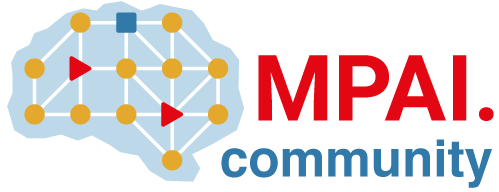Tutorial page type
A tutorial is page that contains an end-to-end walkthrough of a complex workflow or scenario. In general, you might consider using a tutorial when:
- The workflow requires a number of sequential steps where each step consists of sub-steps.
- The steps cover a variety of GitLab features or third-party tools.
Tutorials are learning aids that complement our core documentation. They do not introduce new features. Always use the primary topic types to document new features.
Tutorial format
Tutorials should be in this format:
# Title (starts with "Tutorial:" followed by an active verb, like "Tutorial: Create a website")
A paragraph that explains what the tutorial does, and the expected outcome.
To create a website:
1. [Do the first task](#do-the-first-task)
1. [Do the second task](#do-the-second-task)
Prerequisites (optional):
- Thing 1
- Thing 2
- Thing 3
## Do the first task
To do step 1:
1. First step.
1. Another step.
1. Another step.
## Do the second task
Before you begin, make sure you have [done the first task](#do-the-first-task).
To do step 2:
1. First step.
1. Another step.
1. Another step.An example of a tutorial that follows this format is Tutorial: Make your first Git commit.
Tutorial page title
Start the page title with Tutorial: followed by an active verb, like Tutorial: Create a website.
In the left nav, use the full page title. Do not abbreviate it.
Put the text in quotes so the pipeline will pass. For example,
"Tutorial: Make your first Git commit".
On the Learn GitLab with tutorials page,
do not use Tutorial in the title.
Screenshots
You can include screenshots in a tutorial to illustrate important steps in the process. In the core product documentation, you should use screenshots sparingly. However, in tutorials, screenshots can help users understand where they are in a complex process.
Try to balance the number of screenshots in the tutorial so they don't disrupt the narrative flow. For example, do not put one large screenshot in the middle of the tutorial. Instead, put multiple, smaller screenshots throughout.
Tutorial voice
Use a friendlier tone than you would for other topic types. For example, you can:
- Add encouraging or congratulatory phrases after tasks.
- Use future tense from time to time, especially when you're introducing
steps. For example,
Next, you will associate your issues with your epics. - Be more conversational. For example,
This task might take a while to complete.
Metadata
On pages that are tutorials, add the most appropriate stage: and group: metadata at the top of the file.
If the majority of the content does not align with a single group, specify none for the stage
and Tutorials for the group:
stage: none
group: Tutorials